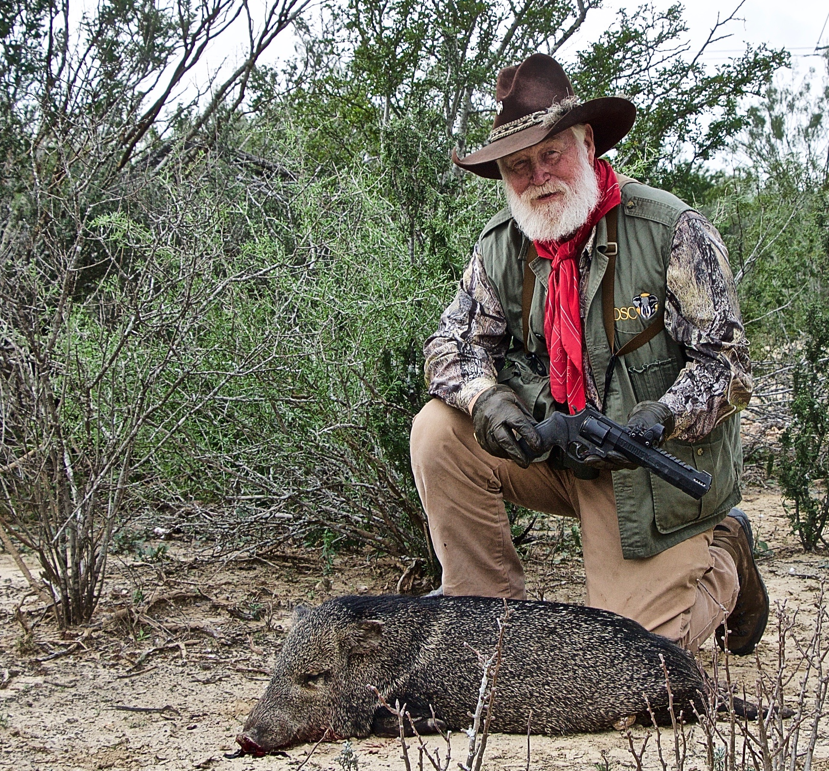Imagine the helplessness you would experience if an animal tears apart your house, injures family members and destroys your pantry. If it was the family dog who has destroyed the sofa, upping the training or finding a new home for the pet could solve the problem. But what if the agent of destruction is not a pet, but a wild animal? The struggle of some human-wildlife encounters may be difficult to comprehend without firsthand experience.
Videos of elephants walking gracefully with big, floppy ears effortlessly marching through the vast empty savannah are prevalent, but don’t depict the reality. The villages bordering reserves often experience physical damage and emotional trauma from wildlife, and perceive elephants as proven threats to life and limb instead of exotic majestic creatures perfect for photo opportunities.
In East Africa and also Nepal, locals are installing electric fences to stop certain wildlife from entering village areas. Problem solved? Not exactly. These fences require complete cooperation from the entire village. In some cases, elephants have even learned to test fences. When weaknesses develop, the elephants will walk right through the fences unharmed.
All it takes for failure is one child daring another to break the fence, one person breaking into the reserves or one maintenance repair skipped.
Additionally, the cost of a fence in Nepal is about twice as much as the annual elephant damage. At that rate, the fence is a serious commitment that cannot be easily replaced every time it breaks. Although some organizations provide funding, the majority of the investment needs to be from the community itself to ensure commitment.
In one documented account, some people on the inner portion of the village did not want to pay to protect the poorer people on the outside. Others did not believe the fences would even be worth the investment.
A temporary solution has been to experiment with small areas and see how effective the fences are until they can be sure they want to commit.
Sources: Mongabay Wildtech and Africa Geographic



